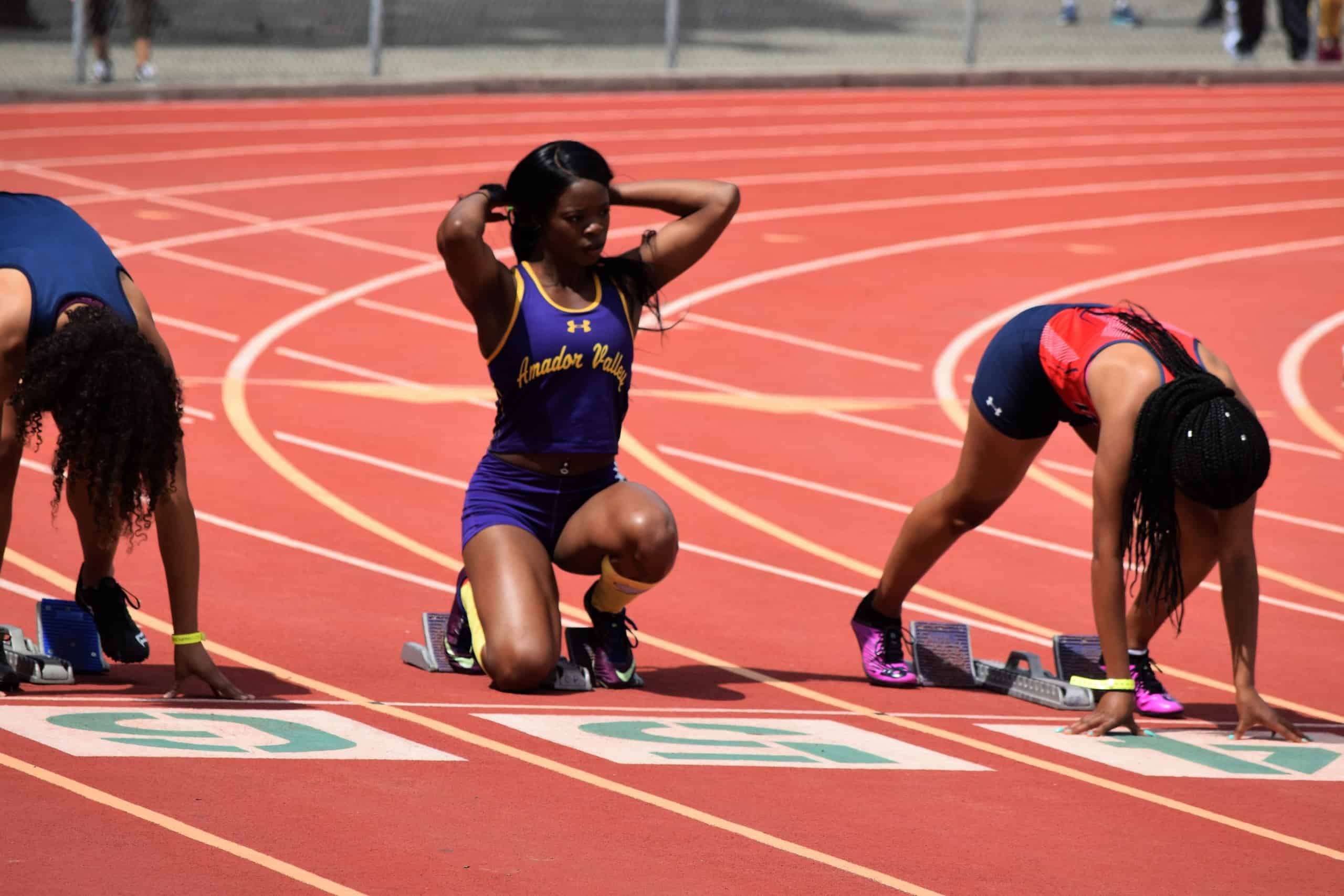I’ve been speed training athletes for over two decades now. I can say this for sure. There is no one size fits all, athletes differ in so many ways. The simplest is in gender. In general, training track and field sprint athletes is usually done by lumping both male and female athletes together. The only real considerations may be modifications of reps, distances, sets, or pace prescriptions. However, I’ve found to successfully and thoroughly develop a young female sprinter takes more consideration. In my experience certain considerations are really important in the preparation phase. Some concerted effort in just a few key areas can pay dividends for the young sprinter and separate her from the pack.
Three Key Considerations Include:
Foot & Ankle Strength– In my experience I’ve found that female athletes tend to suffer more from lower leg and foot injuries such as stress fractures, or shin splints. Putting together a lower leg strength protocol can result in a stronger, stable (stiffness), lower leg complex . I suggest coaches implement barefoot walking drills, calf exercises, and balance drills.
Block Work – Many female athletes come to highschool track with little to no experience using starting blocks (read Starting 1,2,3). There needs to be a period where sufficient strength, coordination and confidence (eliminate fear) needs to be developed in order to maximize the benefits of using starting blocks. Coaches should start with developing hand strength. Implement tripod push-ups, kneeling or standing, single leg explosive power exercises (squats, jumps) and a progression from standing to three point to four point to “three” point block and “four” point block starting positions. Begin practicing on turf or grass and then progress to the track.
Physicality – Or what I may term as “body throwing”. Tapping into intensive maximal effort can sometimes be challenging for young women (not all) so I like to get athletes comfortable with using their bodies with max efforts like medicine ball throwing or high intensity jumping to get them comfortable in accessing the explosive potential in the body.
These seem to be three common areas where aspiring young female sprinters have some problems. Getting past them can give athletes quite a leg up on their peers who have not overcome them. It also gets your athlete on the trajectory to improved performance, confidence and more advanced levels of training.
Aaron Thigpen is the Owner of Gamespeed Sports in Concord, California. He has been coaching athletes on speed development for over 25 years. As an athlete Aaron was a member of 11 US National teams. To hear a podcast on this subject and many others please visit “Hey Coach Aaron”.

